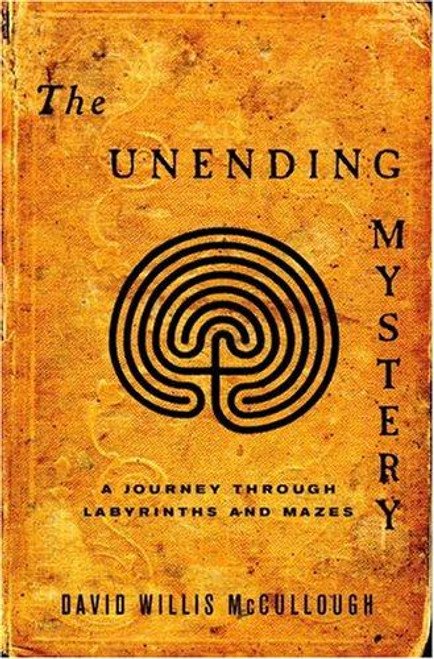The story of a youthful pilgrimage that seemingly failed. As the book opens, the narrator is engaged is writing the chronicle of this remembered adventure - the central experience of his youth. As he becomes immersed in retelling the chronicle, the writer realizes that only he has failed, that the youthful pilgrimage continues in a shining and mysterious way.
Editorial Reviews
"The Journey to the Eastis the most accessible of Hesse's mature ponderings." --Eliot Fremont-Smith, The New York Times
"Rilke, T.S. Eliot, Gide, Thomas Mann rightly called Hesse a master....His fiction glorifies the strategies of attempting to become a full human being and celebrates the nobility of failure." --Webster Schott, Life
About the Author
Hermann Hesse (2 July 1877—9 August 1962) was a German-Swiss poet, novelist, and painter. In 1946, he received the Nobel Prize in Literature. His best-known works include Steppenwolf, Siddhartha, and The Glass Bead Game (also known as Magister Ludi) which explore an individual's search for spirituality outside society.
Hilda Rosnerwas the translator of a number of Hermann Hesse works, including Siddhartha and The Journey to the East. Hermann Hesse (1877-1963) is counted among the leading thinkers of the 20th century. Born in Germany and raised in a Black Forest town, he rebelled against a stern monastic education and worked as a locksmith and a bookseller before embarking on a 65-year writing career, publishing modern classics like Siddhartha, Steppenwolf, and The Glass Bead Game. Having traveled as far as India, he settled in Switzerland in 1911 in opposition to German militarism. Awarded the Nobel Prize in 1946, he died in 1963 aged 85.







